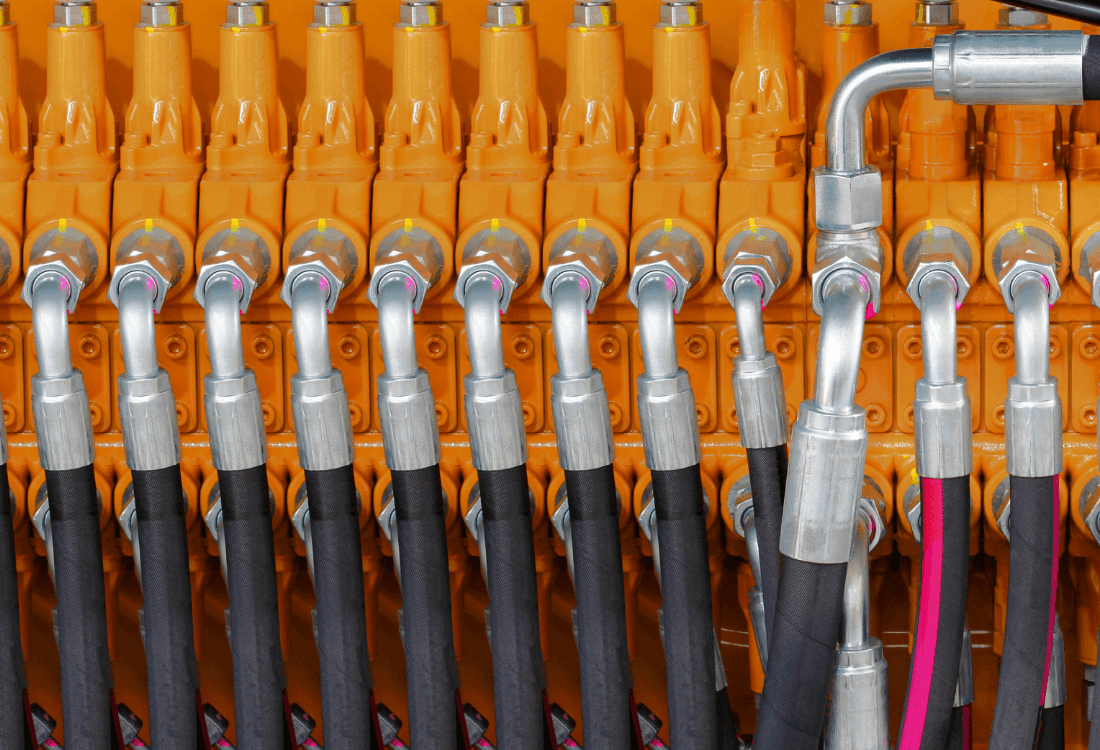At some point in mid-October 2024, the UK is expected to go to the polls for the first general election in five years. And whether Keir Starmer or Rishi Sunak get the keys to Number 10 when the results are announced, one thing is widely expected: the next five years will not see any slowdown in new safety standards and sustainability regulations coming out of Westminster.
So, where does this leave the outlook for fluid power safety standards over the next few years?

Current UK Fluid Power Safety Standards
British businesses are currently bound by a range of safety standards and regulations governing the use of fluid power applications, including during development, maintenance, and operation, and encompassing both hydraulic and pneumatic technologies.
- BS EN (ISO) 4413:2010 – Hydraulic fluid power: this standard specifies the general rules and safety requirements for hydraulic applications and their components, guiding users through safe design, assembly, and operation.
- BS EN (ISO) 4414: 2010 – Pneumatic fluid power: as the sister of BS 4413, 4414 governs the safety requirements and best practices needed to safely operate pneumatic power systems.
- Pressure Equipment (Safety) Regulations 2016 – PESR: these regulations cover all pressure equipment designed to operate under load, with a maximum allowable pressure greater than 0.5 bar. These regulations are monitored and enforced by the HSE.
- Pressure Systems Safety Regulations 2000 – PSSR: the PSSR regulations govern the safety of pressurised systems – as opposed to equipment or machinery – providing specific guidelines for their safe operation and maintenance.
- ISO 22164: 2020 – Hydraulic Fluid Power: while not specifically part of the UK Statute book, ISO 22164 provides vital best practices and standards for managing energy efficiency within hydraulic systems. The standard is part of the broader international effort by the sector to enhance sustainability and reduce the environmental impact of fluid power applications.
Anticipated Changes To Fluid Power Safety Standards
Fluid power safety regulations are continually under review and are regularly updated to accommodate new practices and technologies, and the government is advised by a variety of technical committees and professional organisations, including the British Fluid Power Association, as well as the HSE and BSI.
The driving factors over the next few years are likely to be regulatory independence post-Brexit, Industry 4.0, and the Net Zero 2050 campaign.
Post-Brexit regulation: the trend since 2020 has been for the UK to review and revise any existing EU-derived directives and regulations relating to machinery and safety, many of which impact fluid power systems. The likelihood is greater divergence from the EU accompanied by increased alignment with international (e.g. US) standards – whether it’s Labour or the Tories at the helm.
Integration of emerging technologies: the impact of Industry 4.0, AI, and the Internet of Things (IOT) on the fluid power sector represents both new safety challenges and opportunities. We expect to see new safety standards introduced in the next Parliament to address the safe operation of IOT-enabled systems, data security, and interoperability for ‘smart’, connected fluid power devices and networks.
Risk assessment and system design: addressing the safety risks associated with modern fluid power applications could require a more comprehensive approach to risk assessment and system design. New standards may advocate the incorporation of additional safety features into hydraulic and pneumatic systems, improved clarity and understanding of human-machine interfaces, and more robust and transparent risk management processes.
What Next?
The UK’s fluid power safety standards are undergoing a period of significant change and review, making it essential for engineering professionals to keep up to date with the current state of regulations and anticipate future developments. By cultivating a strong safety culture within the sector and encouraging open communication between stakeholders, free sharing of best practices, and regular safety audits, businesses can be prepared for whatever the evolving regulatory landscape brings over the coming years.


